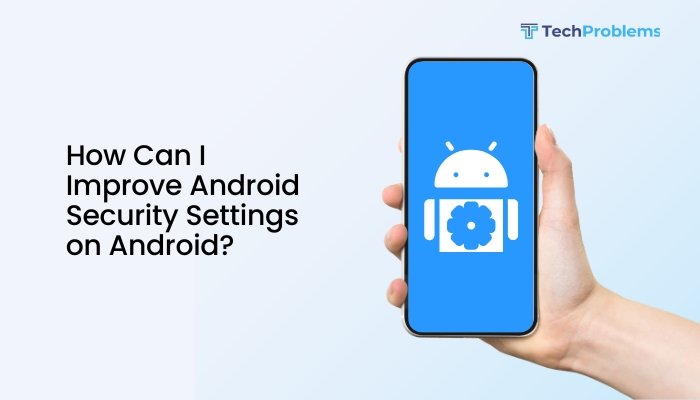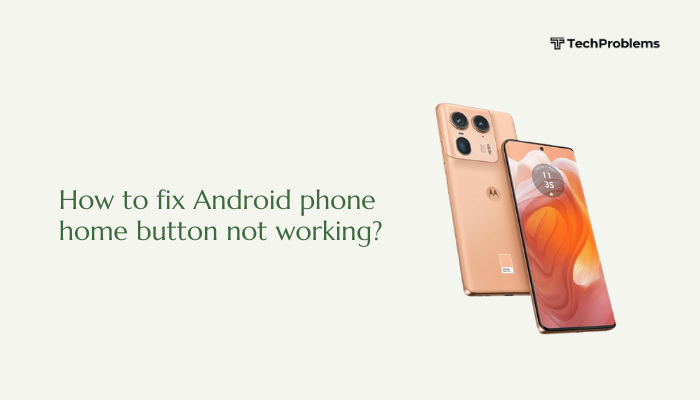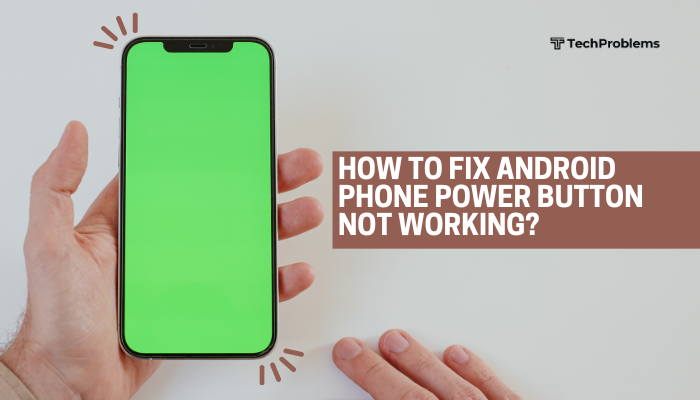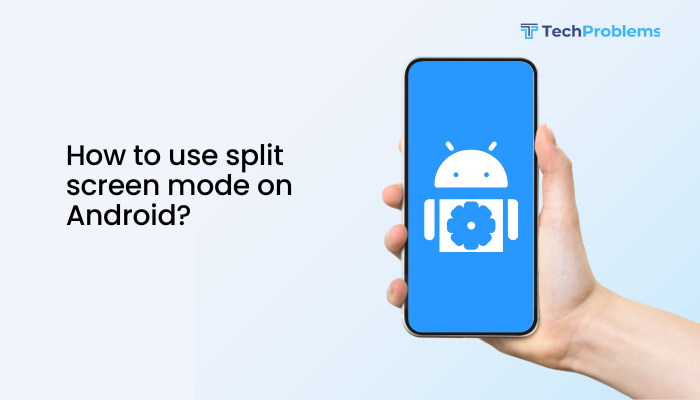Near-Field Communication (NFC) payments let you tap your Android phone at checkout for fast, secure transactions. When payments suddenly stop working—your phone won’t register at the terminal, the card won’t authorize, or your wallet app crashes—it can be frustrating and embarrassing. In this 1,500-word guide, you’ll learn the most common causes of NFC payment failures and 12 detailed fixes so you can tap and go with confidence.
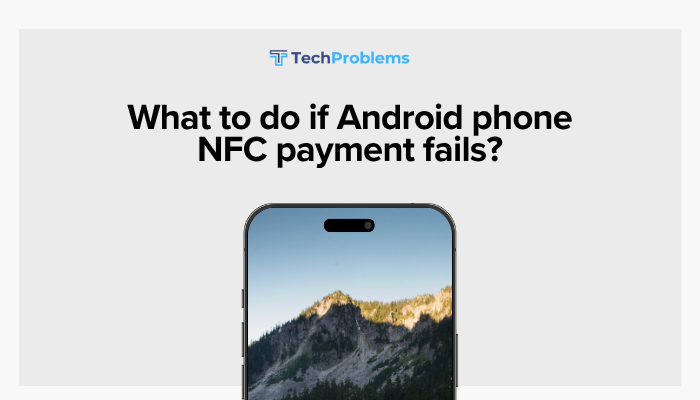
Why NFC Payments Sometimes Fail
NFC payment failures arise from hardware, software, or network issues:
- NFC disabled: The phone’s NFC radio is turned off.
- Payment app misconfiguration: The wrong card or wallet is set as default.
- Outdated software or app: Bugs in Android or your wallet app.
- Secure element errors: The area of the device that holds your payment tokens malfunctions.
- Poor terminal alignment: Misplacement over the store’s NFC reader.
- Device case interference: Thick or metal-lined cases block the radio.
- Network or backend errors: Your bank’s servers or the terminal’s network connection is down.
- Region or merchant incompatibility: Some terminals don’t support certain schemes or multi-host card emulation.
Understanding these helps you target the right fix.
Ensure NFC Is Enabled
Why This Matters
If NFC is off, your phone won’t even attempt a tap-to-pay handshake.
Steps to Enable NFC
- Open Settings.
- Tap Connected devices (or Connections on Samsung).
- Tap Connection preferences > NFC.
- Toggle Use NFC to On.
- If available, enable Android Beam or Tap & pay features.
Now test by tapping your phone near an NFC tag or terminal—if you see the NFC icon light up, the radio works.
Confirm Default Payment App and Card
Why This Matters
Only the default wallet app and selected card will trigger at checkout. If another app is set, the terminal won’t see the right token.
Steps to Set Default
- Open Settings > Apps & notifications > Default apps.
- Tap Tap & pay (or NFC payments).
- Select your wallet app (Google Pay, Samsung Pay, etc.).
- Open the wallet app, go to Payment methods, and ensure your preferred card is set as Default or Tap to pay.
- If multiple cards are present, remove inactive or expired ones to avoid confusion.
Update Android OS and Wallet App
Why Updates Matter
Manufacturers and developers release patches to fix NFC-related bugs and improve compatibility.
Steps to Update
- System Update:
- Settings > System (or Software update) > Check for updates.
- Download and install any available Android patches.
- App Update:
- Open Google Play Store > Profile icon > Manage apps & device.
- Under Updates available, update your wallet app (e.g., Google Pay).
After updating, reboot your phone and retest your NFC payment.
Clear Wallet App Cache and Data
Why This Helps
Corrupted cache or misconfigured data can block token retrieval or transaction initialization.
Steps to Clear Cache
- Settings > Apps & notifications > See all apps.
- Select your wallet app (Google Pay, Samsung Pay).
- Tap Storage & cache > Clear cache.
- If issues persist, tap Clear storage (this resets app settings; you may need to re-add your card).
- Open the app, sign in, re-add your card, and test.
Warning: Clearing storage may require card re-verification via SMS or email OTP.
Restart and Reinsert Your SIM (for eSIM or Carrier-Locked NFC)
Why This Matters
Some carriers provision eSIM profiles that include secure element configurations for NFC payments.
Steps to Reinsert
- Power off the phone.
- Eject the SIM tray and reinsert the physical SIM or eSIM card.
- Power on and wait for network registration.
- Test NFC payment again.
Reinserting the SIM can kick-start the secure element handshake on carrier-locked devices.
Remove Interfering Phone Case or Metal Accessories
Why This Matters
Thick plastic or metal-lined cases, magnetic mounts, and phone rings can block NFC range (~2 cm).
Steps to Test
- Remove any case, magnetic plate, or ring holder.
- Tap the bare phone directly on the terminal’s NFC spot (usually center‐top on the back).
- If it works, switch to a slim, non-metallic case or reposition the ring away from the NFC coil area.
Align Correctly with the Terminal
Why This Helps
NFC coils on both devices must overlap; misalignment means no handshake.
Steps to Align
- Ask the cashier to show the NFC reader location.
- Hold your phone back flat against the reader, centered on the coil.
- Wait 1–2 seconds for the terminal to detect your device; don’t tap and pull away quickly.
- If still no read, move your phone slightly up/down or side-to-side until the terminal beeps.
Tip: Look for the NFC logo on the terminal to guide placement.
Check Merchant Terminal Compatibility
Why This Matters
Not all POS terminals support every NFC payment scheme, especially indoor/outdoor vending machines or older readers.
Steps to Verify
- Ask the cashier what payment types they accept (Visa PayWave, Mastercard PayPass, Google Pay, etc.).
- Try tapping in Reader Mode: some apps let you enable legacy Magstripe emulation.
- If available, request them to reset or reboot the POS terminal (power-cycle) in case it’s locked up.
Merchant cooperation often fixes terminal-side issues.
Disable Battery Saver or Power-Saving Modes
Why This Helps
Power-saving modes throttle background processes and may disable NFC radios when the screen is off.
Steps to Disable
- Settings > Battery > Battery saver > toggle Off.
- On Samsung, Settings > Device care > Battery > Power mode > select High performance or Optimized over Medium/Maximum power saving.
- Re-test NFC payment immediately after adjusting.
Note: Some phones also have a Smart power-saving toggle in quick settings—ensure it’s off.
Reset Network Settings
Why This Helps
Network resets clear NFC-related NFC host controller configurations and carrier provisioning data.
Steps to Reset
- Settings > System > Reset options > Reset Wi-Fi, mobile & Bluetooth.
- Confirm and wait for the phone to reboot.
- Re-enable NFC, open your wallet app, and test a transaction.
This reset often cures stubborn NFC-related configuration errors.
Test with Another Card or Reader
Why This Matters
Determines whether the issue lies with your card/token or the particular terminal.
Steps to Test
- Add a different NFC payment card or token to your wallet app.
- Tap on the same terminal—if it works, the original card/token was faulty.
- Tap on a different merchant’s NFC reader—if it works elsewhere, the first terminal was at fault.
Isolating device vs. terminal issues speeds resolution.
Factory Reset as a Last Resort
When to Use
If deep system corruption or OS-level bugs prevent NFC from initializing.
Preparation
- Backup contacts, photos, and app data via Settings > System > Backup or Google Drive.
- Note any custom settings in your wallet app.
Reset Steps
- Go to Settings > System > Reset options > Erase all data (factory reset).
- Confirm and let the phone restore to factory defaults.
- Re-add your payment cards and test NFC payments before restoring other apps.
Warning: This wipes all personal data—only use if you’ve exhausted every other fix.
Conclusion
NFC payment failures on Android can come from simple mis-taps to complex software or hardware faults. By systematically following these 12 solutions—enabling NFC, setting defaults, updating software, clearing caches, adjusting cases and alignment, disabling power-saving, resetting networks, and, if needed, factory resetting—you’ll diagnose and cure almost any NFC payment problem. If failures persist after hardware and software resets, contact your phone maker or carrier for professional support. With these steps, you’ll be tapping to pay smoothly again in no time.

